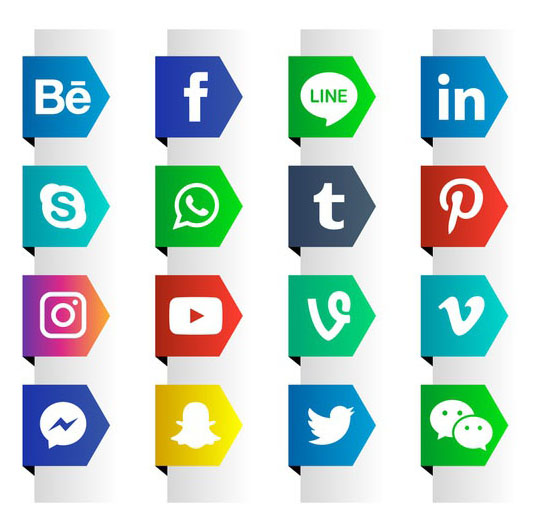Introduction: Decoding the Mitolyn Enigma
Mitolyn, a skincare product featuring the intriguing “purple peel,” has generated considerable buzz. This critical investigation delves into Mitolyn reviews 2025, examining its ingredients, purported benefits, and potential side effects. We aim to provide an unbiased perspective, empowering readers to make informed decisions about incorporating this product into their skincare routines. The following sections will explore the product’s composition, its mechanism of action, user experiences, and potential drawbacks.
Unveiling the Ingredients: A Closer Look at the Purple Peel Exploit
The “purple peel” aspect of Mitolyn stems from its unique blend of ingredients. While the precise formulation remains proprietary, reviews and ingredient lists suggest a focus on natural extracts known for their antioxidant and exfoliating properties. These might include ingredients like purple sweet potato extract, known for its rich anthocyanin content, which contributes to the distinctive purple hue.
Furthermore, many speculate that other potent botanical extracts play a role. However, the lack of full transparency regarding the exact concentrations and complete ingredient list hampers a comprehensive analysis. Future iterations of Mitolyn could benefit from a more complete disclosure of ingredients, allowing for a more thorough scientific assessment.
Mechanism of Action: How Mitolyn Purports to Work Its Magic
Mitolyn’s purported mechanism of action revolves around gentle exfoliation and antioxidant protection. The purple peel, presumably through its active ingredients, aims to remove dead skin cells, revealing brighter, more even-toned skin. Simultaneously, antioxidants in the formula combat free radical damage, potentially contributing to a reduction in wrinkles and age spots.
However, it’s crucial to acknowledge that these claims require further robust scientific backing. While anecdotal evidence abounds in Mitolyn reviews, rigorous clinical trials are necessary to substantiate these purported benefits conclusively. The effectiveness of Mitolyn may also vary depending on individual skin types and concerns.
Mitolyn Reviews 2025: A Compilation of User Experiences
Sifting through numerous Mitolyn reviews from 2025 reveals a mixed bag of user experiences. Many users report improved skin texture, reduced appearance of blemishes, and a noticeable brightening effect. These positive reviews often highlight the product’s gentle exfoliation and the pleasant purple hue.
Conversely, some users report experiencing mild irritation, redness, or dryness. The intensity of these reactions likely depends on individual skin sensitivity and the frequency of use. It’s crucial to conduct a patch test before widespread application, especially for those with sensitive or reactive skin.
Benefits Beyond the Purple Peel: Addressing Specific Skin Concerns
Beyond the general improvements to skin texture and tone, Mitolyn reviews suggest potential benefits for specific skin concerns. Some users report improvements in acne scars, hyperpigmentation, and fine lines. These improvements may be attributed to the combined action of exfoliation and antioxidant protection.
However, it’s important to set realistic expectations. Mitolyn weight loss is unlikely to provide miraculous overnight transformations. Consistent use and a holistic skincare routine, including proper cleansing, moisturizing, and sun protection, are likely to maximize the product’s potential benefits.
Side Effects and Precautions: Navigating Potential Drawbacks
While generally well-tolerated, Mitolyn, like any skincare product, carries the potential for side effects. Mild irritation, redness, and dryness are the most commonly reported adverse reactions. These side effects are usually temporary and subside with discontinuation of use.
However, individuals with severely sensitive or compromised skin should exercise caution. A patch test is strongly recommended. Those with pre-existing skin conditions should consult a dermatologist before incorporating Mitolyn into their skincare regimen to avoid potential complications or exacerbations of existing issues. Moreover, always follow the manufacturer’s instructions regarding application frequency and usage guidelines.
Conclusion: A Balanced Perspective on Mitolyn
Mitolyn, with its intriguing purple peel, offers a promising approach to skincare. While numerous positive Mitolyn review highlight its potential benefits, a critical investigation reveals the need for more robust scientific evidence. Individual results may vary, and potential side effects must be considered. A balanced approach, incorporating a patch test and consultation with a dermatologist when necessary, is crucial for maximizing benefits and minimizing risks.







